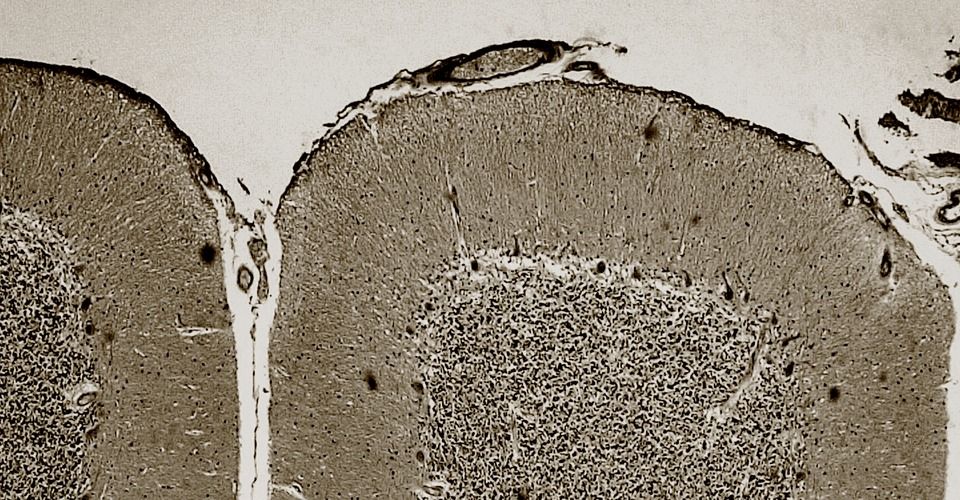Scientists long believed its function was simply to coordinate movements. Now they suspect it could do much more.



In the world of extreme auto, there are no machines that are more intimidating than monster trucks. With their massive engines and giant tires, monster trucks are associated with pure automotive mayhem and insanity. And if there is anything that’s still largely missing from the monster truck scene, it is the presence of all-electric vehicles. A Tesla Cybertruck could probably change this status quo.
Automotive 3D concept specialist shubbak.3D recently shared his take on what a “Monster Edition” of the Tesla Cybertruck could look like. The artist did pretty well in his concept, adding classic monster truck flourishes to the already domineering Cybertruck. The beast of the machine is pictured with numerous modifications such as a body kit, high suspension, and giant wheels.

;oooo.
YouTuber and engineer, the Hacksmith, has created the world’s first retractable, “plasma-based” lightsaber, and it burns at 4,000 degrees Fahrenheit.



 As part of the partnership between SpaceWatch. Global and Joint Air Power Competence Centre, we have been granted permission to publish selected articles and texts. We are pleased to present “Space Situational Awareness Together We Stand, Divided We Fall”, originally published in the Joint Air Power Competence Centre Journal 30.
As part of the partnership between SpaceWatch. Global and Joint Air Power Competence Centre, we have been granted permission to publish selected articles and texts. We are pleased to present “Space Situational Awareness Together We Stand, Divided We Fall”, originally published in the Joint Air Power Competence Centre Journal 30.
by Major General Juan P. Sánchez de Lara, SP AF, Commander in Chief Canary Islands Air Command
Space as an Operational Domain.

The US Army is testing augmented reality goggles on its service dogs in hopes to allow troops to give orders remotely.
Pooches are commonly deployed to sniff out explosives, hazardous materials or to assist in rescues. The tech would retrofit special safety goggles military dogs already wear with live cameras and visual indicators so handlers can issue specific directions – allowing the dogs to work without putting soldiers in danger.
“Augmented reality works differently for dogs than for humans,” said Dr. Stephen Lee, an Army Research Office senior scientist in a statement. “AR will be used to provide dogs with commands and cues; it’s not for the dog to interact with it like a human does. This new technology offers us a critical tool to better communicate with military working dogs.”

The U.S. Defense Intelligence Agency awarded nearly $800 million in contacts to two major defense contractors to improve data storage and network modernization.
The DIA, a military intelligence agency, chose Northrop Grumman to deliver its Transforming All-Source Analysis with Location-Based Object Services (TALOS) program, which focuses on building new big data systems. The contract is worth $690 million. A spokesperson for Northrop Grumman declined to provide the performance period.
The DIA made two awards to Northrop Grumman and GDIT.

The United States military has teamed up with Elon Musk and the company he heads, SpaceX. The goal of the tie-up is to build a rocket capable of delivering weapons anywhere on the globe in an hour. The benefits of quickly delivering weapons and other cargo anywhere on the planet very quickly are readily apparent.
The rocket would travel at 7500 miles per hour and would be able to carry 80 metric tons of cargo into orbit. The rocket could then land anywhere on the planet. The contract will see SpaceX begin by assessing costs and technical challenges for the project. Gen. Stephen Lyons, the head of US Transportation Command, said on Wednesday that initial tests are expected to begin in 2021.
What the military and SpaceX are trying to do is incredible. Using rockets to deliver massive payloads would allow the 7652 mile trip from Florida to Afghanistan could be completed within an hour. To compare, a C-17 Globemaster transport aircraft has a maximum speed of 590 mph and would require 15 hours to make the same journey.